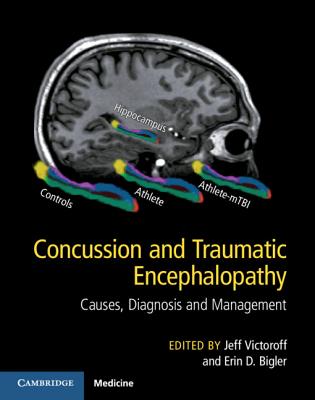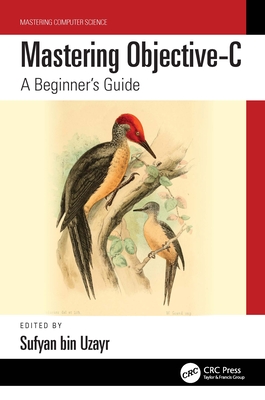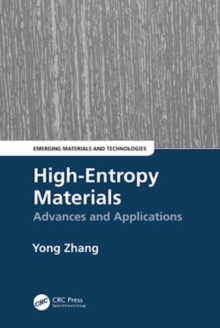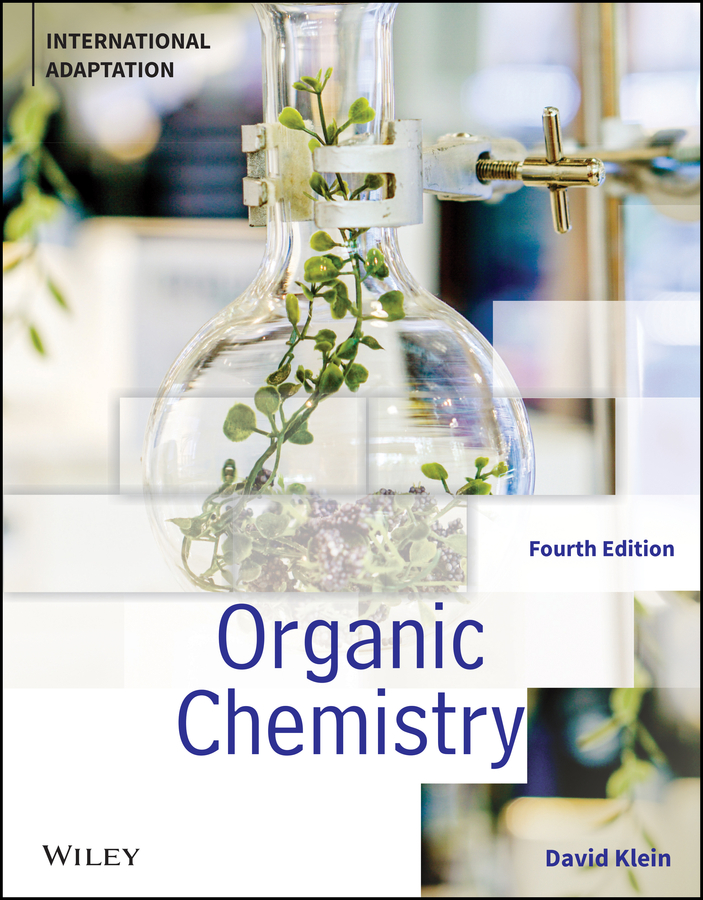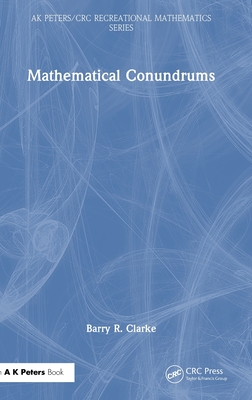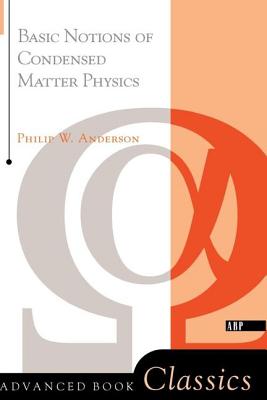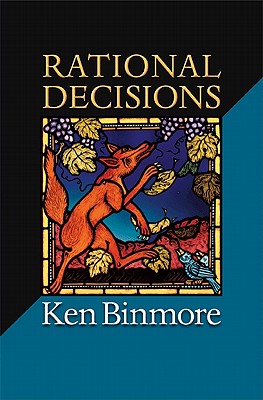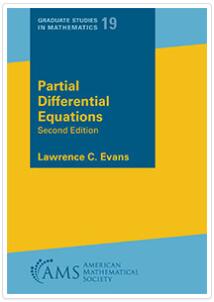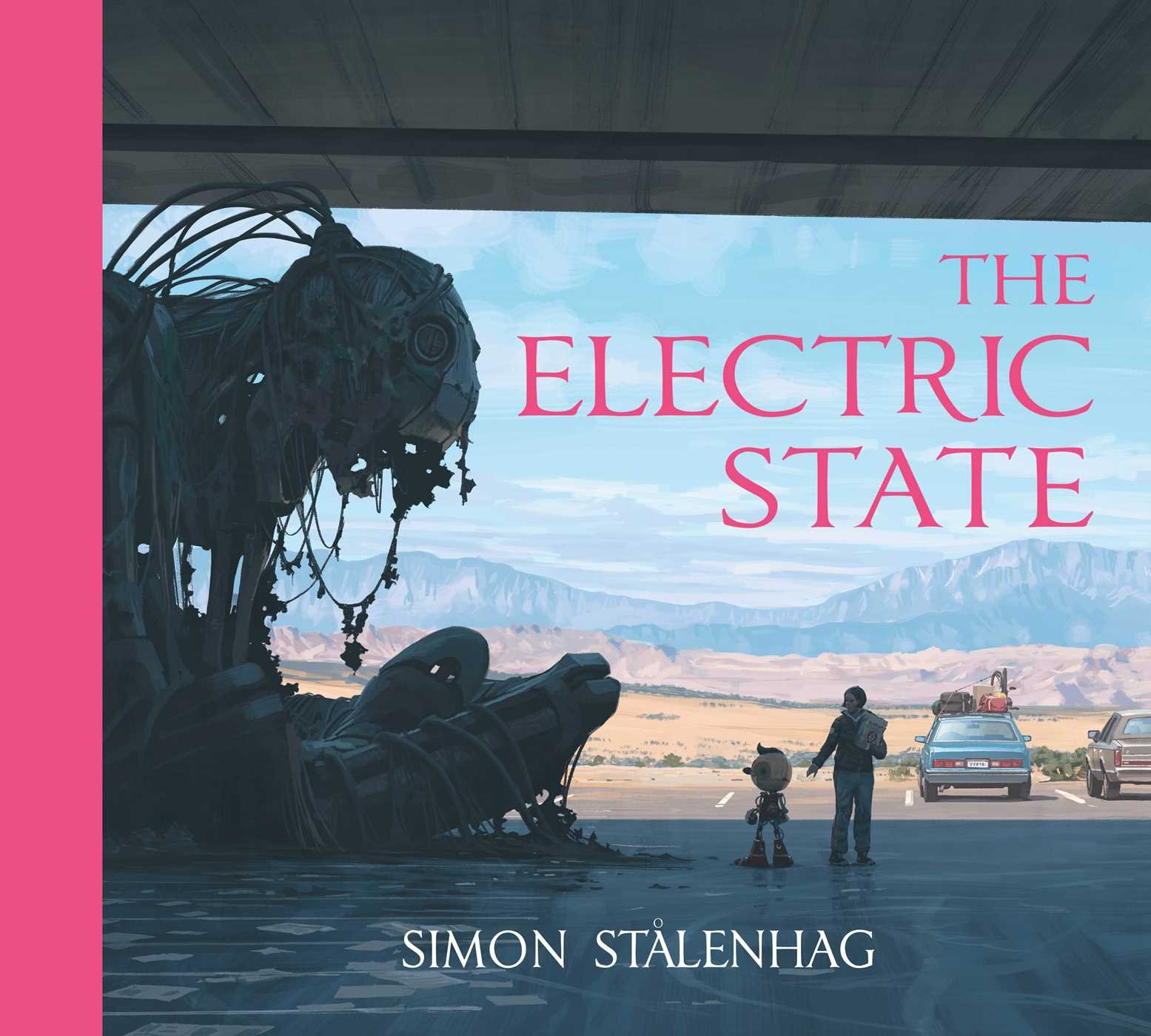图书简介
Concussion and Traumatic Encephalopathy is a ground breaking text that offers neurologists, neuropsychologists, psychologists, and physiatrists the first comprehensive reconceptualization of concussive brain injury in 100 years. During the twentieth century, progress in understanding concussion was hamstrung by resistance to the observation that many survivors suffer long-term sequelae, and by the lack of advanced neuroimaging technologies. As a result, the potentially immense impact of concussion on global health was largely overlooked. The last decade has witnessed a dramatic renaissance in concussion science. We are just beginning to fathom the implications for society. Informed by twenty-first century advances, this new text updates the definition, epidemiology, pathophysiology, late effects, and promising therapies for concussion. Multiple experts have collaborated to summarize the latest scientific evidence in an engaging way and provide the reader with the first paradigm shifting textbook of this new era.
Part I. What Is a Concussion?: 1. What is a concussive brain injury? Jeff Victoroff and Erin D. Bigler; 2. Epidemiology of concussive brain injury Jeff Victoroff; 3. The pathophysiology of concussive brain injury Stefano Signoretti, Barbara Tavazzi, Giuseppe Lazzarino and Roberto Vagnozzi; 4. What happens to concussed animals? Jeff Victoroff; 5. What happens to concussed humans? Jeff Victoroff; 6. Neuroimaging biomarkers for the neuropsychological investigation of concussive brain injury (CBI) outcome Jeff Victoroff and Erin D. Bigler; Part II. Outcomes after Concussion: 7. Why outcomes vary Jeff Victoroff; 8. Emotional disturbances following traumatic brain injury Ricardo E. Jorge and Helen Lee Lin; 9. Concussion and the twenty-first century renaissance of neuropsychology Jeff Victoroff and Erin D. Bigler; 10. Persistent post-concussive psychiatric problems Jeff Victoroff; 11. Late effects Jeff Victoroff; 12. Functional neuroimaging markers of persistent post-concussive brain change Brian Johnson, Erin D. Bigler and Semyon Slobounov; 13. Polypathology and dementia after brain trauma. Does brain injury trigger distinct neurodegenerative diseases, or should they be classified together as traumatic encephalopathy? Patricia M. Washington, Sonia Villapol and Mark P. Burns; 14. Traumatic encephalopathy. Review and provisional research diagnostic criteria Jeff Victoroff; Part III. Diagnosis and Management of Concussion: 15. The great CT debate Jeff Victoroff; 16. Structural neuroimaging of persistent or progressive traumatic encephalopathy Katherine H. Taber and Robin A. Hurley; 17. Biomarkers for concussion. The need and the prospects for the near future Henrik Zetterberg and Kaj Blennow; 18. Pediatric concussion. Understanding, assessment, and management, with special attention to sports-related brain injury Adam Darby, Jeff Victoroff and Christopher C. Giza; 19. Contribution of objective tests to the diagnosis of sport-related concussion Elizabeth Teel and Kevin Guskiewicz; 20. Deployment stress and mild traumatic brain injury. Diagnostic challenges in polytrauma care Colleen E. Jackson, Rebecca L. Wilken and Jennifer J. Vasterling; 21. How should one measure ?outcome? of concussion? An introduction to the common data elements for mild TBI and concussion Elisabeth A. Wilde and Ashley L. Ware; 22. Functional neuroimaging of concussion Andrew R. Mayer and Patrick S. F. Bellgowan; 23. Civilian post-concussive headache Nathan D. Zasler, Michael F. Martelli and Barry D. Jordan; 24. Fatigue after concussion. Epidemiology, causal factors, assessment, and management Benton Giap and Jeffrey Englander; 25. Sleep disorders after concussive brain injury. Classification, diagnosis, and management Curtis McKnight and Jeff Victoroff; 26. Neuroendocrine dysfunction following concussion. A missed opportunity for enhancing recovery? Nigel Glynn and Amar Agha; 27. Evidence based rehabilitation in mild traumatic brain injury. Results of a systematic review Jon Pertab; 28. A modest plea Jeff Victoroff and Erin D. Bigler.
Trade Policy 买家须知
- 关于产品:
- ● 正版保障:本网站隶属于中国国际图书贸易集团公司,确保所有图书都是100%正版。
- ● 环保纸张:进口图书大多使用的都是环保轻型张,颜色偏黄,重量比较轻。
- ● 毛边版:即书翻页的地方,故意做成了参差不齐的样子,一般为精装版,更具收藏价值。
关于退换货:- 由于预订产品的特殊性,采购订单正式发订后,买方不得无故取消全部或部分产品的订购。
- 由于进口图书的特殊性,发生以下情况的,请直接拒收货物,由快递返回:
- ● 外包装破损/发错货/少发货/图书外观破损/图书配件不全(例如:光盘等)
并请在工作日通过电话400-008-1110联系我们。
- 签收后,如发生以下情况,请在签收后的5个工作日内联系客服办理退换货:
- ● 缺页/错页/错印/脱线
关于发货时间:- 一般情况下:
- ●【现货】 下单后48小时内由北京(库房)发出快递。
- ●【预订】【预售】下单后国外发货,到货时间预计5-8周左右,店铺默认中通快递,如需顺丰快递邮费到付。
- ● 需要开具发票的客户,发货时间可能在上述基础上再延后1-2个工作日(紧急发票需求,请联系010-68433105/3213);
- ● 如遇其他特殊原因,对发货时间有影响的,我们会第一时间在网站公告,敬请留意。
关于到货时间:- 由于进口图书入境入库后,都是委托第三方快递发货,所以我们只能保证在规定时间内发出,但无法为您保证确切的到货时间。
- ● 主要城市一般2-4天
- ● 偏远地区一般4-7天
关于接听咨询电话的时间:- 010-68433105/3213正常接听咨询电话的时间为:周一至周五上午8:30~下午5:00,周六、日及法定节假日休息,将无法接听来电,敬请谅解。
- 其它时间您也可以通过邮件联系我们:customer@readgo.cn,工作日会优先处理。
关于快递:- ● 已付款订单:主要由中通、宅急送负责派送,订单进度查询请拨打010-68433105/3213。
本书暂无推荐
本书暂无推荐
